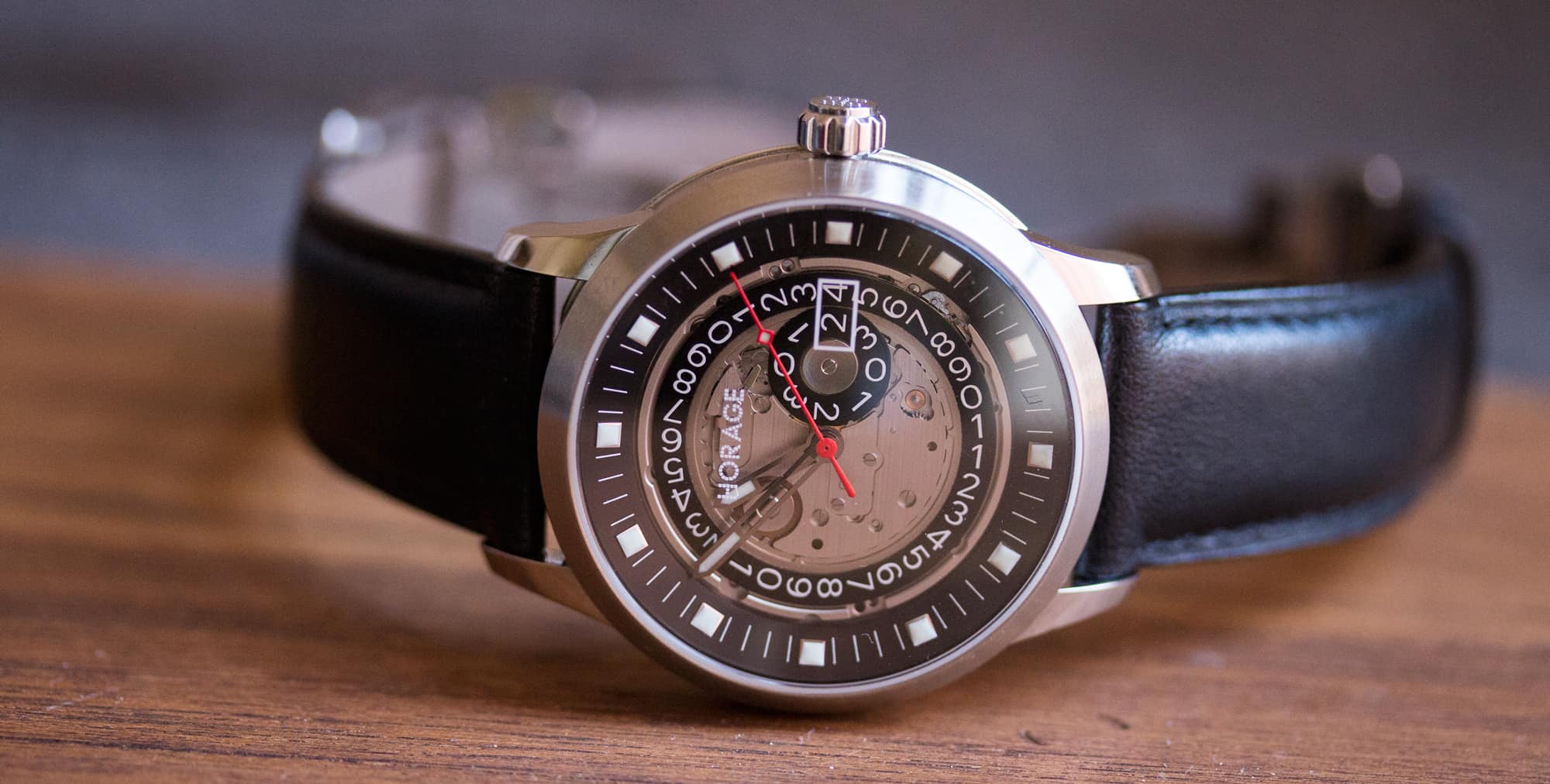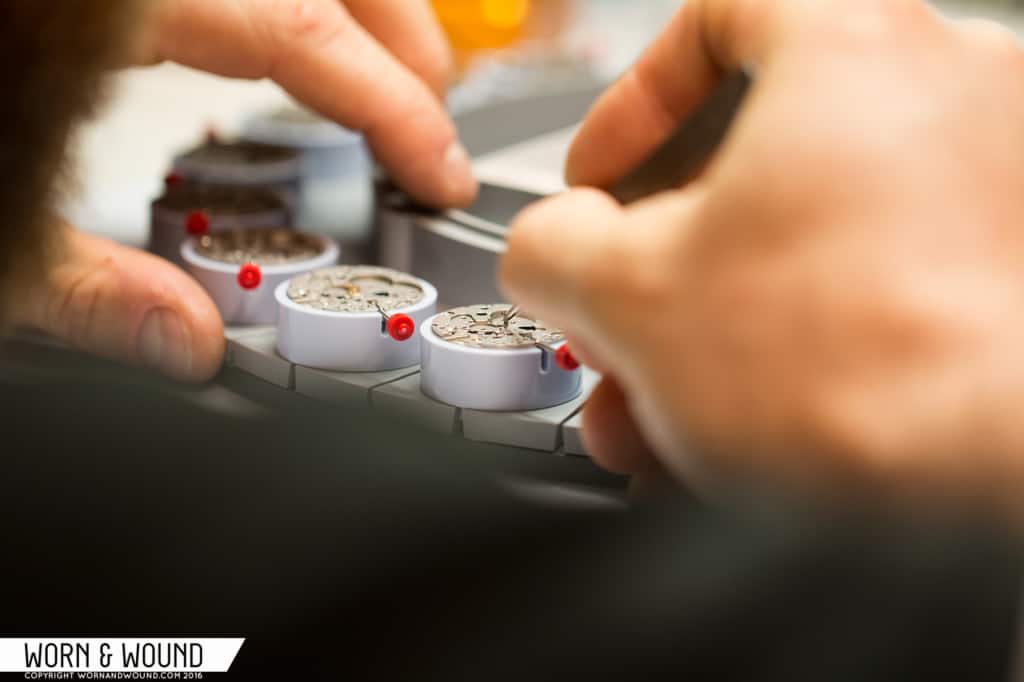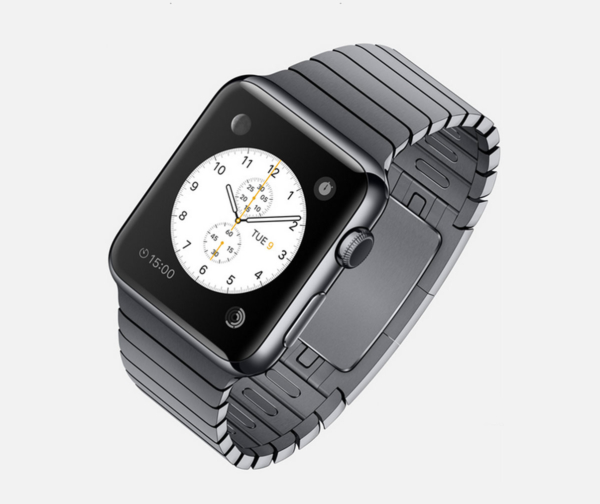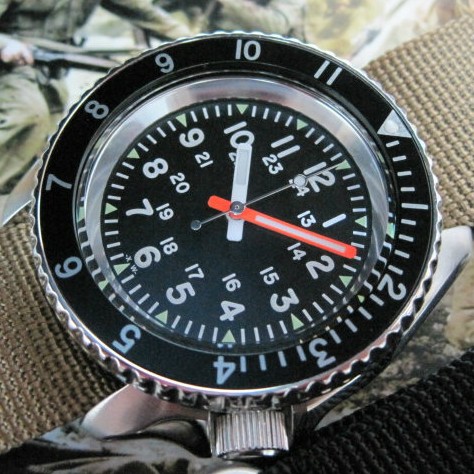This year in Basel, we got to experience a first… we got to leave Basel. Yep, we broke free for a night, ditched the industry cocktail parties and dinners, and took the train for an hour’s ride south/south-west to Biel, to visit our friends at Horage. For those who are thinking, “well who is Horage?”, I recommend reading my article from several months ago about the brand, and the in-house movement they developed over 7 years here. Also, check out my review of their quirky luxury sport watch, the Autark, and take a peak at our Wind-Up Recap, as they participated in that event as well.
Back to Biel, we met Jonas and Andi from Horage at the train station, and were taken to the headquarters of Armin Strom. Here, Horage does much of the manufacturing, finishing and assembly of their K1 movement. As a small, innovative watch start-up, they have smartly kept their overhead low, and instead of investing the millions upon millions for equipments and space, have instead struck smart partnerships with brands like Armin Strom and Mühle Glashütte, to utilize their equipment, and in turn those brands can use their movements. This allows Horage to focus on continually refining their product, getting it ready for mass production.
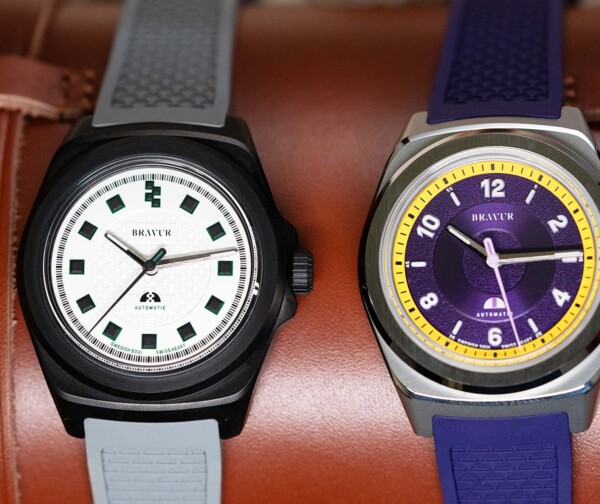




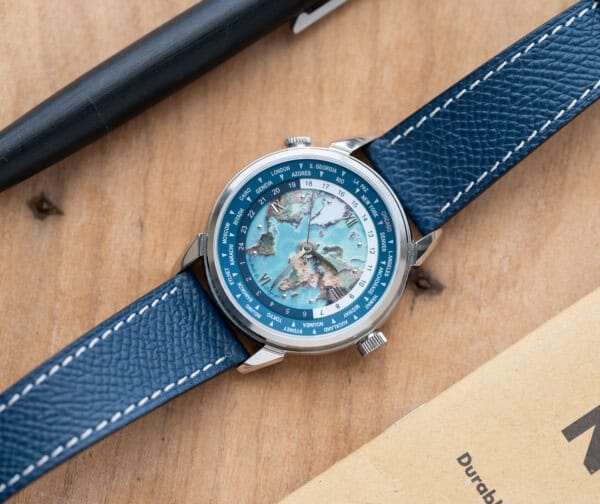



 Featured Videos
Featured Videos




